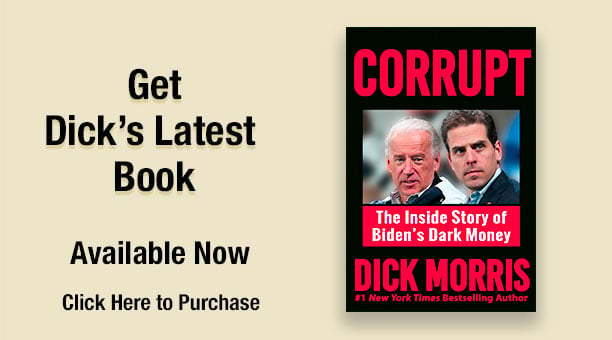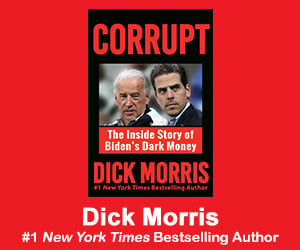Obama’s Enthusiasm Gap
Published on TheHill.com on April 3, 2012
The conventional wisdom in Washington is even more demented than usual in its confident prediction of an Obama victory. The fact is that a careful analysis of the polling suggests that he faces the likelihood that his political base will underperform in the 2012 election, voting with their feet by staying home.
An enthusiasm gap is hurting Obama’s candidacy and his reelection chances.
RealClearPolitics.com helpfully lists all of the test match-ups between Obama and Romney. Of the last 12 polls, going back to March 11, 10 tested their relative strength among registered voters. The average of these 10 polls gave Obama a 49-42 advantage, a comfortable margin of victory of 7 points. But the two polls during this period that tested likely voters — one by Bloomberg on March 11 and one by Rasmussen on April 1 (but not an April Fools’ joke) both showed a tied race. Bloomberg had it 45-45, while Rasmussen showed it deadlocked at 47 apiece.
All Democrats do better than Republicans when adults or registered voters are sampled, as opposed to likely voters. Those who tend not to vote are usually more downscale in income and education and more likely to vote Democratic. But the difference between registered voters and likely voters is rarely so large.
In the Clinton campaign of 1996, for example, the gap was rarely more than a few points.
The huge difference facing Obama based on whether the sample is of registered or likely voters — a 7-point victory in one and a tied race in the other — underscores the president’s biggest problem: motivating his supporters to get out and vote.
Essentially, Obama’s 2008 victory was based on a trio of high turnouts among African-Americans, Latinos and young people. While his ratings among blacks are still very high and he is likely to continue to get almost all of their votes, it is an open question whether he will be able to increase their turnout as dramatically as he did last time. In the election of 2008, blacks cast 14 percent of the vote, far above their usual 11 percent.
Among Hispanics, Obama is in serious trouble. While he won two-thirds of their votes in ’08, Rasmussen now shows just 41 percent approving of his job as president. And among voters under 30, Obama is also unlikely to be able to replicate his ’08 showing. Rasmussen has him drawing only 54 percent approval — with only 22 percent strongly approving of his performance as president, far below the 67 percent vote share he drew among the young in ’08.
Obama clearly recognizes his situation and is featuring policies meant to appease and energize his sagging base. From his intervention in the Florida shooting of an unarmed teenager to his new immigration policies and his focus on student loans, the president is trying to bridge the enthusiasm gap that threatens to doom his candidacy.
Conversely, the evidence suggests that white middle-aged and elderly voters are champing at the bit to vote to oust Obama from the Oval Office before he can inflict more damage on this country.
And all of these stats beg the fundamental question of where the undecided votes will go. A careful analysis of all the undecided votes in all the presidential elections since 1960 in which an incumbent was seeking a second term shows that 80 percent of those who were undecided in the final Gallup poll voted for the challenger even when he was losing the contest badly. While Goldwater, McGovern, Mondale, Dole and Kerry were badly defeated in their challenges to Johnson, Nixon, Reagan, Clinton and Bush, they all drew the vast bulk of the undecided vote. So when Obama gets 45 percent of the likely voters, the evidence would suggest that he is headed for a sizable defeat.
View my most recent videos in case you missed them!
What Will Obama Give Putin? Dick Morris TV: Lunch Alert!
If The Court Says No, Obama Is Toast! Dick Morris TV: Lunch Alert!
How Polling Works – Dick Morris TV: History Video!
Obama Surrenders To Iran – Dick Morris TV: Lunch Alert!
End Aid To Egypt – Dick Morris TV: Lunch Alert!





